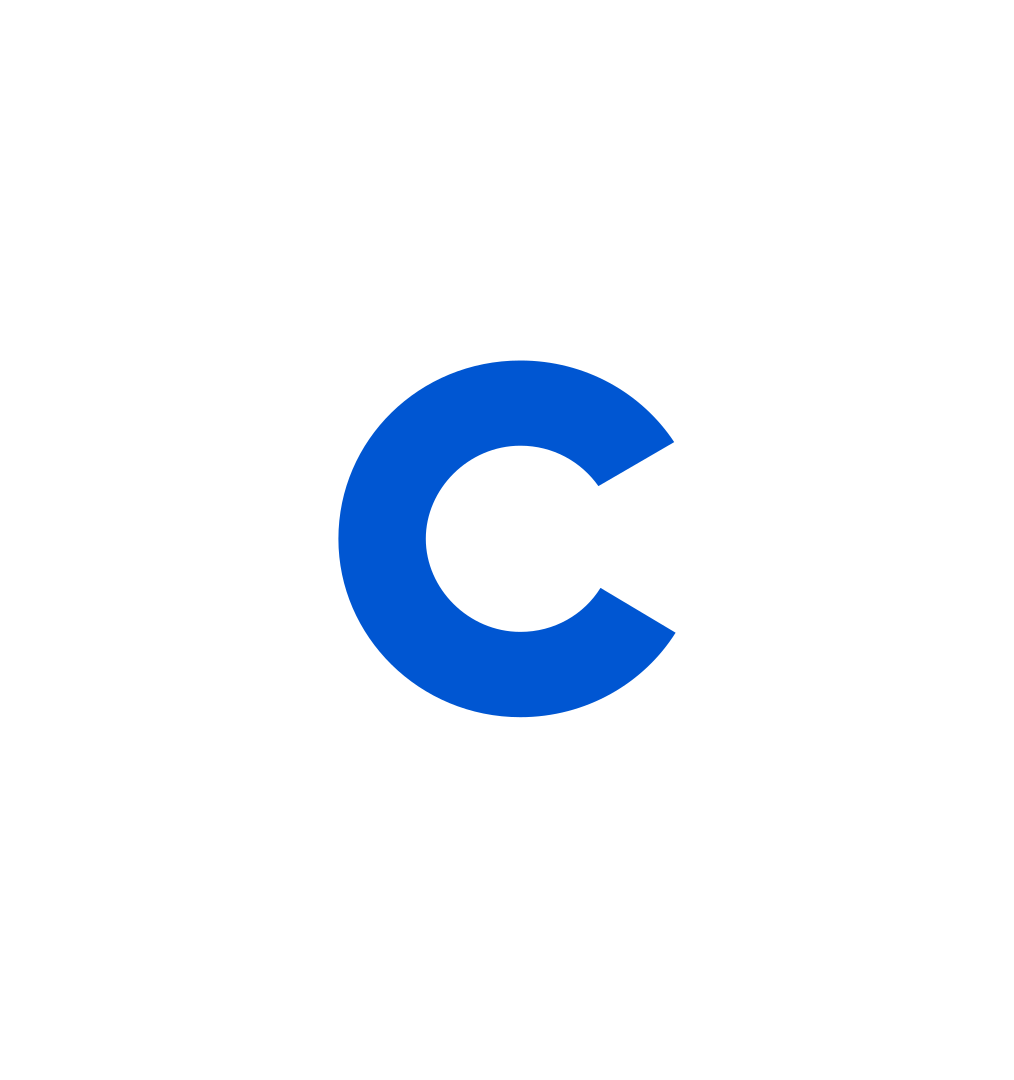What Is Tidyverse?
Tidyverse is a highly popular set of R packages. Read on to learn more about it and explore its advantages for data analysis, including comprehensive information on each package within the Tidyverse.
![[Featured image] A data scientist using Tidyverse for data analysis in an office.](https://d3njjcbhbojbot.cloudfront.net/api/utilities/v1/imageproxy/https://images.ctfassets.net/wp1lcwdav1p1/5TxvEN2hDYumVYxE8qlnlT/574687254f52971e03dcbec0ea07631c/GettyImages-2012746910.jpg?w=1500&h=680&q=60&fit=fill&f=faces&fm=jpg&fl=progressive&auto=format%2Ccompress&dpr=1&w=1000)
R is a programming language designed to help data professionals visualize, analyze, and manage data sets. Open-source, R programming was originally created as a way to support statistics. However, beginner coders often find R language confusing and can be difficult to utilize. To make this process easier, many professionals use the Tidyverse. The Tidyverse is a suite of R packages that includes easy-to-use functions for manipulating data. Enhance your data analysis skills with Tidyverse. Learn about its core components and how they can help you work more efficiently.
What is Tidyverse?
Tidyverse is a suite of R packages that all share the same grammar, design philosophy, and data structures. It’s considered an alternative to the inbuilt functions of R.

Core components of Tidyverse
Tidyverse contains several key packages that each address a different aspect of data manipulation. These include:
ggplot2 for data visualization
Based on The Grammar of Graphics, ggplot2 is a package that helps map variables to specific aesthetics. Using code, you have the ability to add different layers to create visualization within complex graphics. Once you provide the data, ggplot2 takes your stated parameters and outputs your desired graph.
dplyr for data manipulation
dplyr provides a consistent set of verbs that help you overcome common data manipulation challenges. These verbs include:
Mutate
Select
Filter
Summarize
Arrange
tidyr data tidying
tidyr helps to take messy data and make it tidy, which in turn makes it easier to manipulate. With tidyr, every variable gets a column to itself, every observation or object measured gets a row, and every value gets a cell. Tidy data simplifies analysis and saves time by reducing the need to wrestle with different tools.
purrr for consistent tools
purrr helps to enhance the useability of Tidyverse by providing a complete and consistent set of various tools for you to interact with data. It helps to reduce loops of code, making the entirety of the data set much easier to read. It’s a great tool for beginners since it’s typically difficult to write loop-free code when you’re starting out.
What is Tidyverse used for?
The Tidyverse supports data analysts in their data manipulation activities. It helps to streamline programming, graphing, data manipulation, data wrangling, and more. The Tidyverse introduces a simplified and consistent syntax to your code that makes it both easier to read and to write. In turn, this helps make data science, as a whole, more accessible.
The Tidyverse is also considered to be more than just R packages; it’s a thriving online community of programmers and data analysts. This community works together to support each other, answer questions, and continually find ways to improve the functions of the Tidyverse for anyone who might need to use it.
Who uses Tidyverse?
Non-programmers tend to use Tidyverse, as programmers designed the entire R language for first-time or end-user programmers. Data analysts are professionals who use data to increase profit, reduce turnover, solve problems, and improve business processes. They use their expertise to analyze data for hidden insights that help businesses make better, more informed decisions. Data analysts have skills in different programming languages and use tools, such as the Tidyverse, to get the most out of the large datasets collected by their teams.
Pros and cons of using Tidyverse
Tidyverse brings with it a range of advantages and disadvantages that are worth considering before choosing whether or not you want to use it for your work. Some of these pros and cons include:
Benefits
The Tidyverse allows users to implement consistency across multiple levels of data, which makes the data much easier to read. The packages’ pipeline function also helps to increase readability. You have the ability to load and use the different aspects of the Tidyverse with a single command. Tidyverse has a friendly syntax that makes it easier for a user to work with the R language. For example, since the tools are consistent, once you master one it makes it easier to then learn another.
Drawbacks
Some drawbacks of the Tidyverse include its computational speed—it may bottleneck. To overcome these potential lags and match the performance of traditional R, you may benefit from having experience in lower-level tools. Plus, the way it relies on functional programming means it might be difficult for new users or beginner coders to fully understand how to use Tidyverse correctly.
How to get started in Tidyverse
If you’re interested in working with Tidyverse, the first step is to learn the R language. Many people do so either through traditional education methods or through practicing small tasks on their own. Online courses and tutorials are available to walk you through learning the basics of using R language. Boot camps also provide an opportunity to learn code without committing to a four-year degree.
If you would like to pursue a career that works with Tidyverse, you might want to consider a role as a data analyst. These professionals use Tidyverse and other programming languages to analyze data for insights. Most companies that hire data analysts want you to have a bachelor’s degree in a subject such as computer science, statistics, or mathematics. Depending on your intended industry, you might also need to earn a master’s degree.
It’s important that you have the ability to demonstrate hands-on experience, which you might gain either from formal education, internships, or work done while in an adjacent role. Once you secure an entry-level role, you might expect to further develop your skills on the job until you’ve gained enough expertise to advance into higher roles.
Learn more about data science on Coursera
Tidyverse is a suite of R packages that makes it easier for you to utilize data and write code. Learn more about Tidyverse and other aspects of programming languages through courses and certificates on Coursera. With options such as John Hopkins University’s Tidyverse Skills for Data Science in R Specialization or Coursera Project Network’s Tidy Messy Data using tidyr in R, you have the chance to explore the foundations of the Tidyverse and determine if working with programming languages is right for you.
Keep reading

Coursera Staff
Editorial Team
Coursera’s editorial team is comprised of highly experienced professional editors, writers, and fact...
This content has been made available for informational purposes only. Learners are advised to conduct additional research to ensure that courses and other credentials pursued meet their personal, professional, and financial goals.